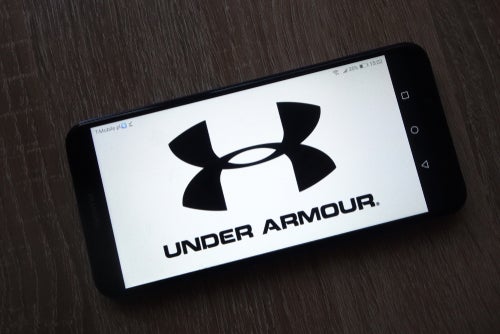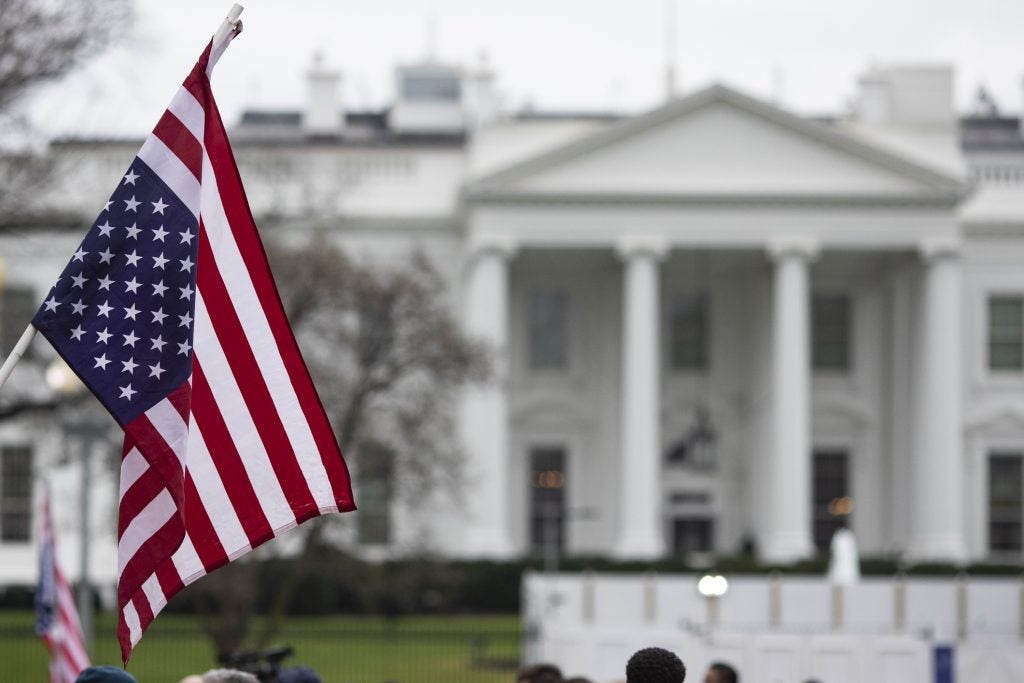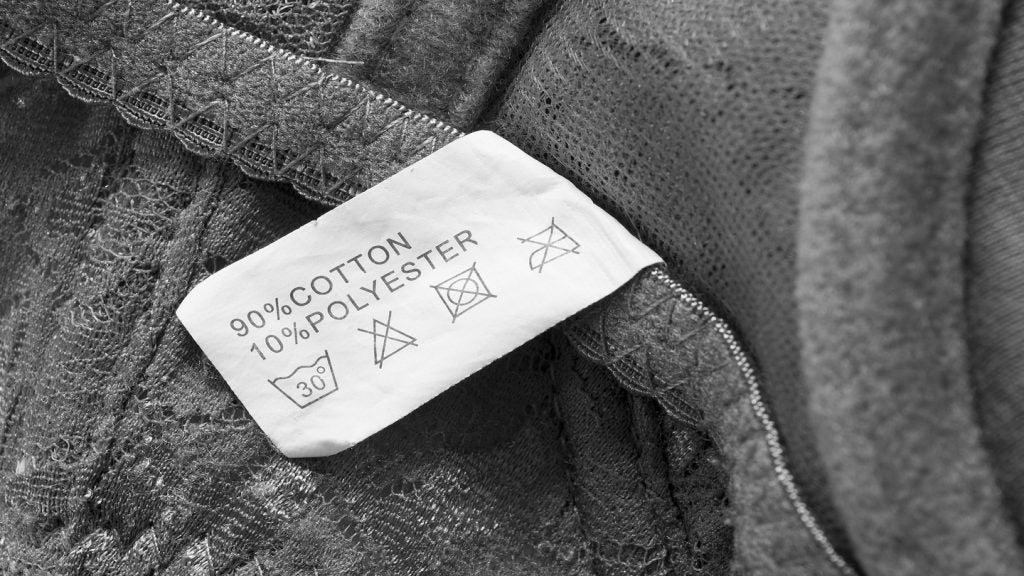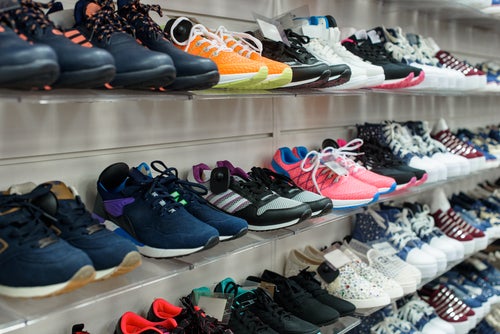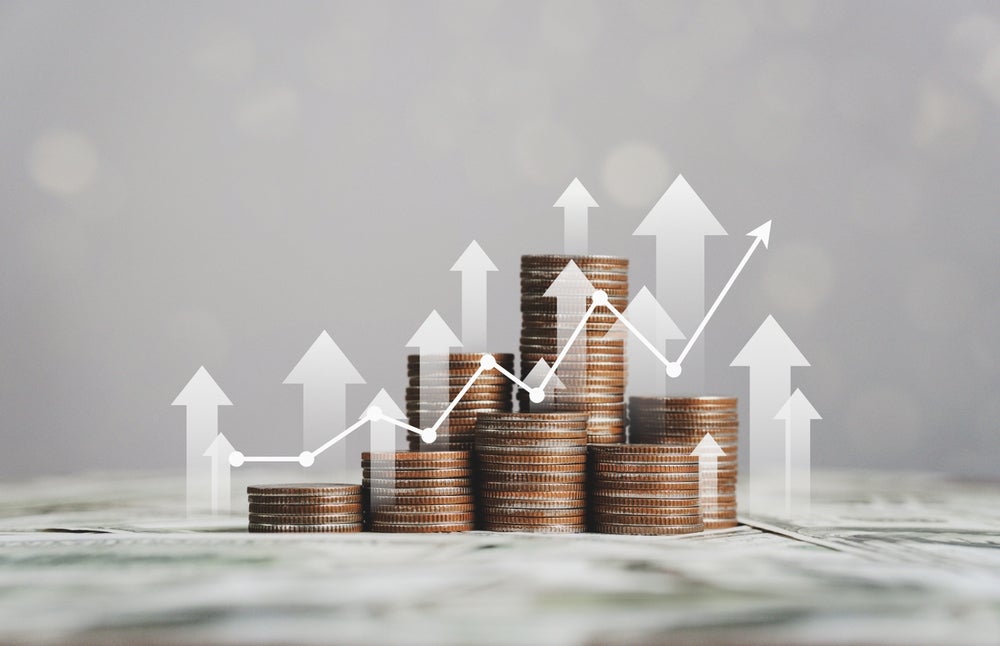Under Armour announced a 6% decline in its wholesale revenue to $742m in Q1 of fiscal 2024 (three month period ended 30 June 2023). Similarly, North American and international revenue both experienced drops, with a 9% decrease to $827m and a 12% decline to $485m respectively.
However, within the international business, revenue increased 10% in EMEA, 14% in Asia-Pacific, and 13% in Latin America.
Under Armour's direct to consumer (DTC) revenue increased 4% to $544m due to a 6% increase in ecommerce revenue, which represented 40% of the total DTC business in the quarter and a 3% increase in owned and operated store revenue.
Under Armour's drop in wholesale is due to selling through "troubled retailers"
GlobalData retail analyst Neil Saunders believes the drop in wholesale is firstly a consequence of Under Armour selling through “troubled retailers such as Kohl’s" whose declining footfalls are impacting wholesale orders.
He continues: “Second, the poor standards and a lack of operational discipline at those retailers means Under Armour products are not displayed well and are therefore overlooked by shoppers. Third, many of the demographics at these retailers are slightly more impacted by inflation and have cut back more severely. All of this adds up to lower volumes, which means fewer wholesale orders for Under Armour.”
Saunders notes the slide in sales interrupted Under Armour’s momentum built at the end of the last financial year.
The company’s gross margin declined 60 basis points to 46.1% and according to Saunders, this pushed Under Armour into a promotional stance to drive sales and prevent inventory build-up.
Saunders adds: “This continued and cumulative deterioration will reopen some serious questions about Under Armour’s brand position and the way in which the company reaches and sells to consumers.”
Key results from Under Armour Q1:
- Net sales were down 2% at $1,286m compared to the same period last year which was $1,312m
- Operating income was $21m
- Net income was $9m
Saunders says the quality of Under Armour's results reflect the fact the retailer is still “a bit muddled” and is yet to find the thing that makes them different to others in the market.
He says: “It started to improve and has become more disciplined than it used to be, but it still comes across as schizophrenic and disjointed and we feel it has fallen back into old habits over recent months."
Saunders suggests the quality of collections in stores is weaker and more confusing than it was a year ago and adds this all makes it very easy for constrained shoppers to overlook Under Armour in favour of other brands.
Under Armour remains confident for improved growth in the long run
However, Under Armour president and CEO Stephanie Linnartz says she is confident the business: “will achieve the improved growth and profitability this brand is capable of over the long run."
To accomplish this, she disclosed that Under Armour intends to implement various measures. These include making leadership adjustments, although no specifics have been disclosed yet, enhancing product optimisation, introducing fresh innovations, and amplifying storytelling.
She adds: "We're pleased with how we have navigated our start to fiscal 2024. Our international and direct-to-consumer businesses, both of which realised solid growth in the quarter, continue to deliver aside a challenging consumer retail environment in North America. Based on this performance, we are maintaining our outlook for fiscal 2024."
There are no changes to the company's fiscal 2024 outlook provided on 9 May 2023.


